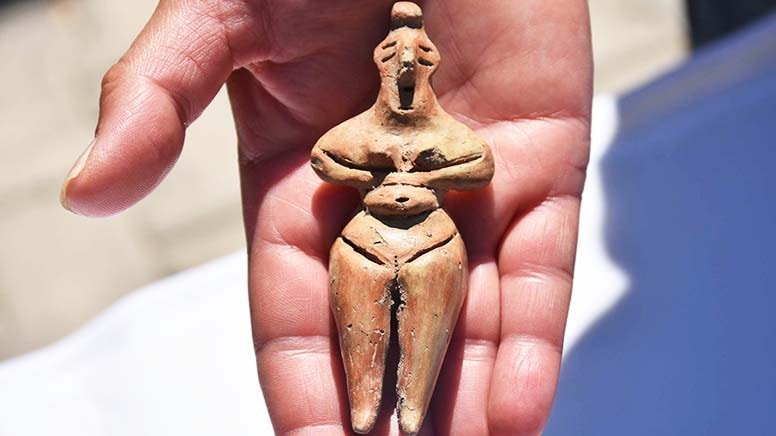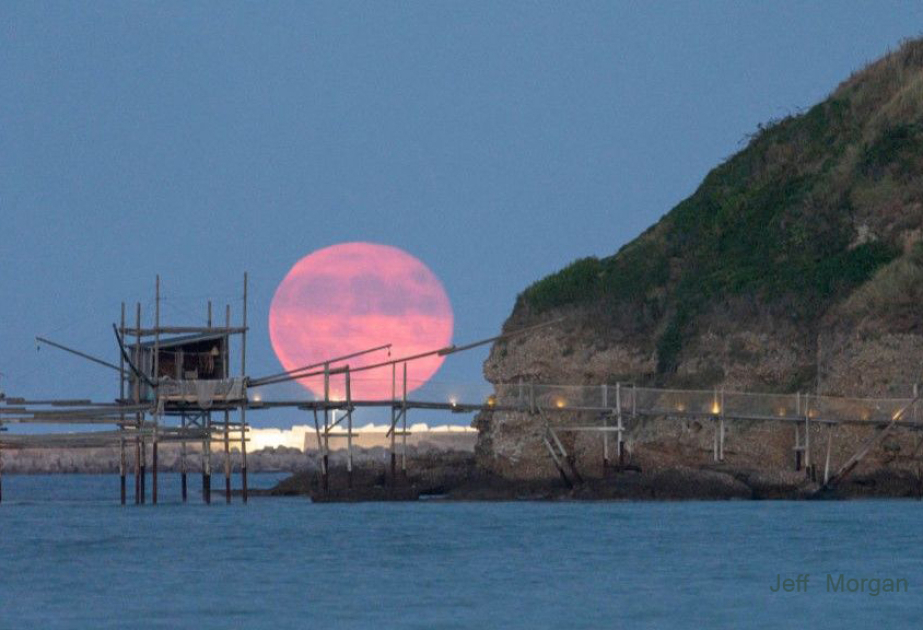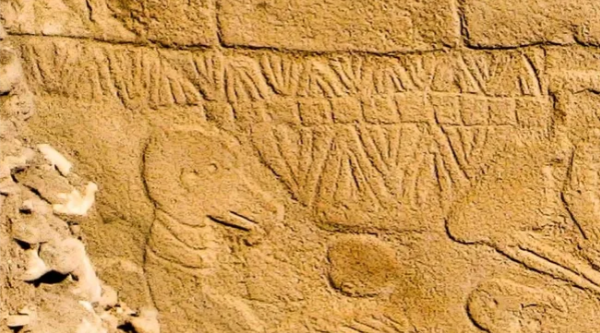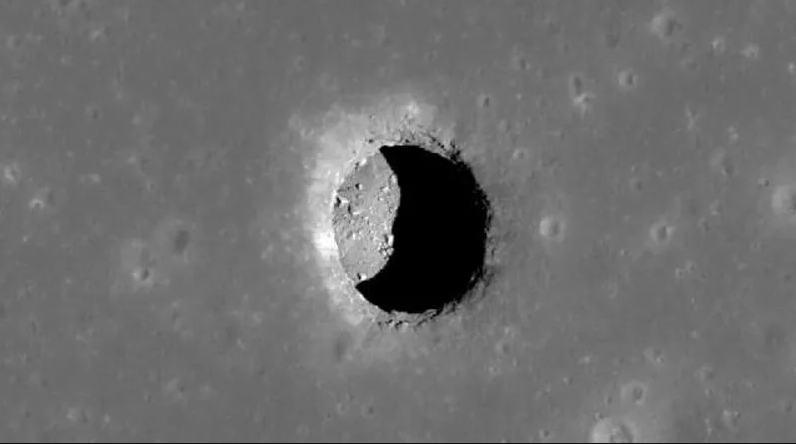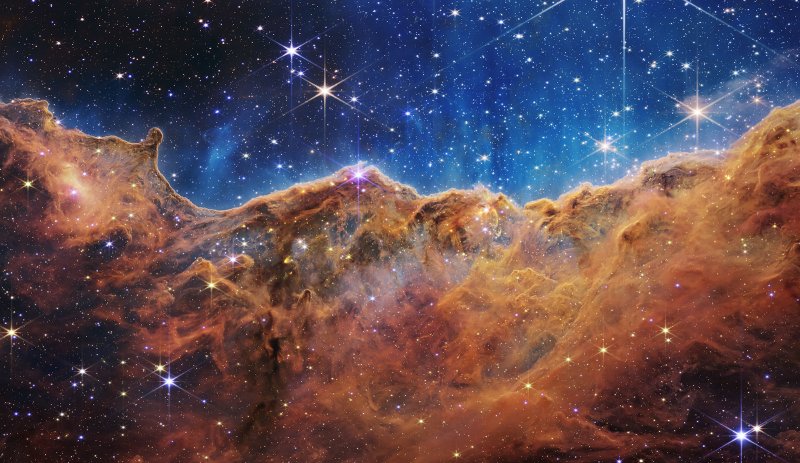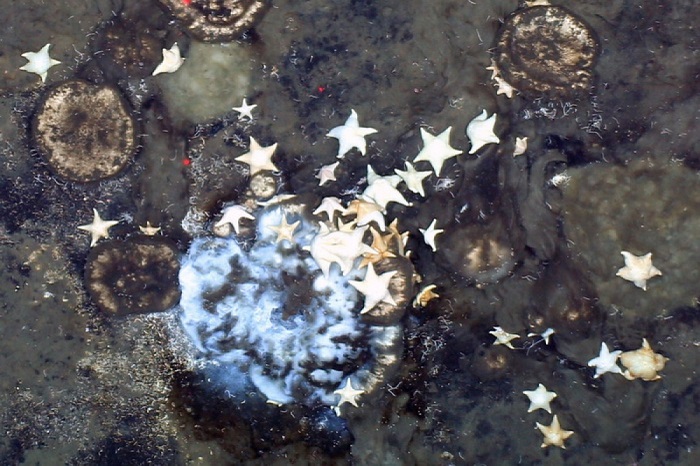
- A-
- A
- A+
Giant sponge gardens discovered on seamounts in the Arctic deep sea
Massive sponge gardens thrive on top of seamounts in the Central Arctic Ocean, one of the most oligotrophic seas on Earth. They appear to feed on the remnants of an extinct fauna. Microorganisms support the sponges in exploiting this fluffy material as a source of food and energy. Scientists from Bremen, Bremerhaven and Kiel and their international partners discovered this unique hotspot of life during a Polarstern expedition. They stress the need for a better understanding of the diversity and uniqueness of Arctic ecosystems in the light of global and local change.
Little food reaches the depths below the permanently ice-covered Arctic Ocean, because light limits the productivity of algae. However, scientists from Bremen, Bremerhaven and Kiel now discovered a surprisingly rich and densely populated ecosystem on the peaks of extinct underwater volcanoes. These hotspots of life were dominated by sponges, growing there in large numbers and to impressive size.
“Thriving on top of extinct volcanic seamounts of the Langseth Ridge we found massive sponge gardens, but did not know what they were feeding on”, reports Antje Boetius, chief scientist of the expedition, head of the Research Group for Deep Sea Ecology and Technology at the Max Planck Institute for Marine Microbiology and director of the Alfred Wegener Institute, Helmholtz Centre for Polar and Marine Research.
Using samples from the mission, first-author Teresa Morganti, sponge expert from the Max Planck Institute for Marine Microbiology in Bremen was able to identify how sponges adapt to the most nutrient-poor environment. Morganti explains: “Our analysis revealed that the sponges have microbial symbionts that are able to use old organic matter. This allows them to feed on the remnants of former, now extinct inhabitants of the seamounts, such as the tubes of worms composed of protein and chitin and other trapped detritus.”
Similar News
Links


 Elm TV
Elm TV
 Photo
Photo
 Video
Video
